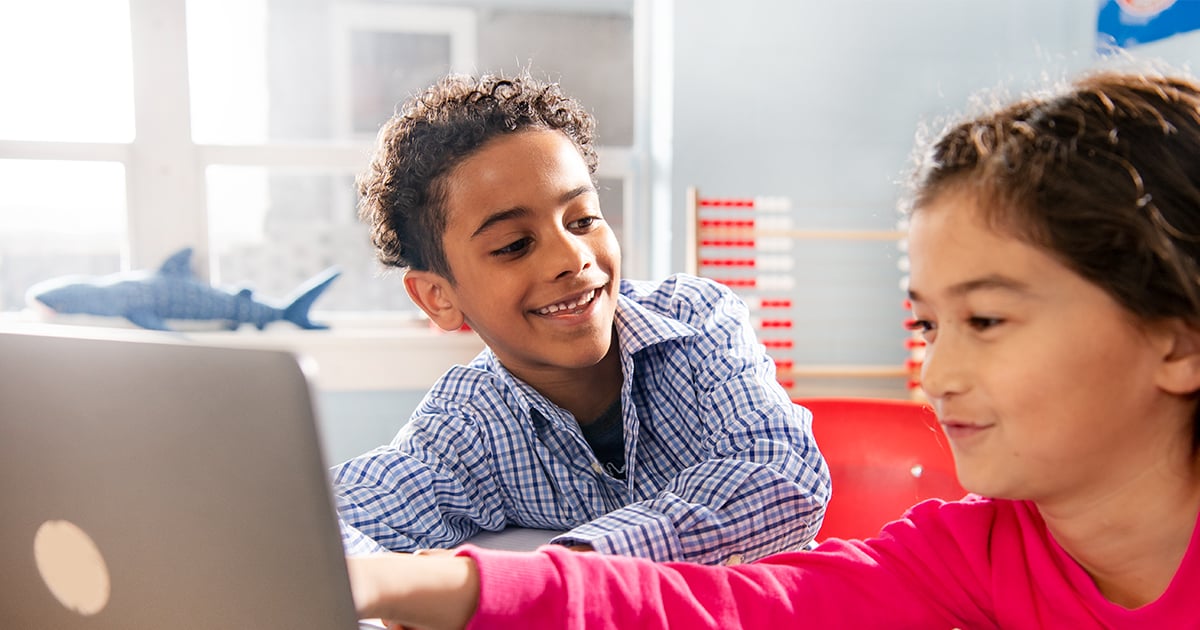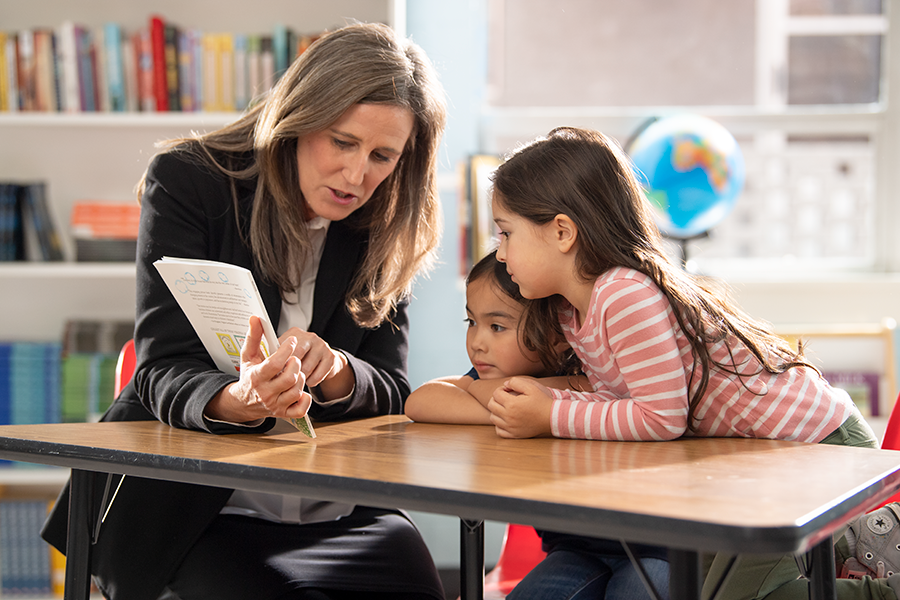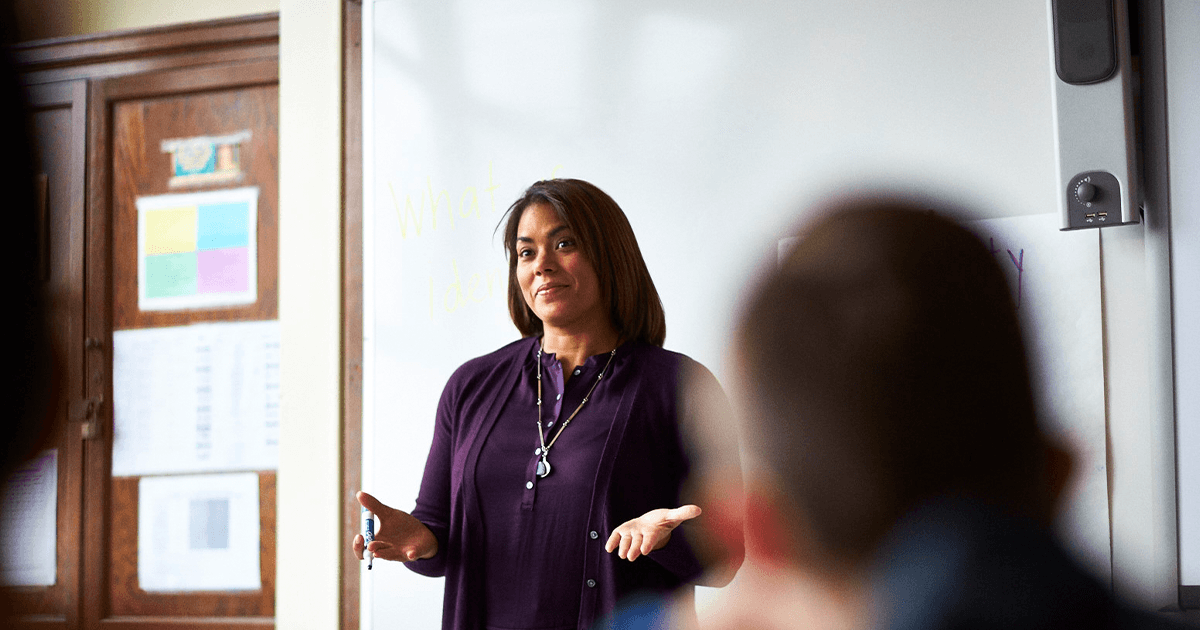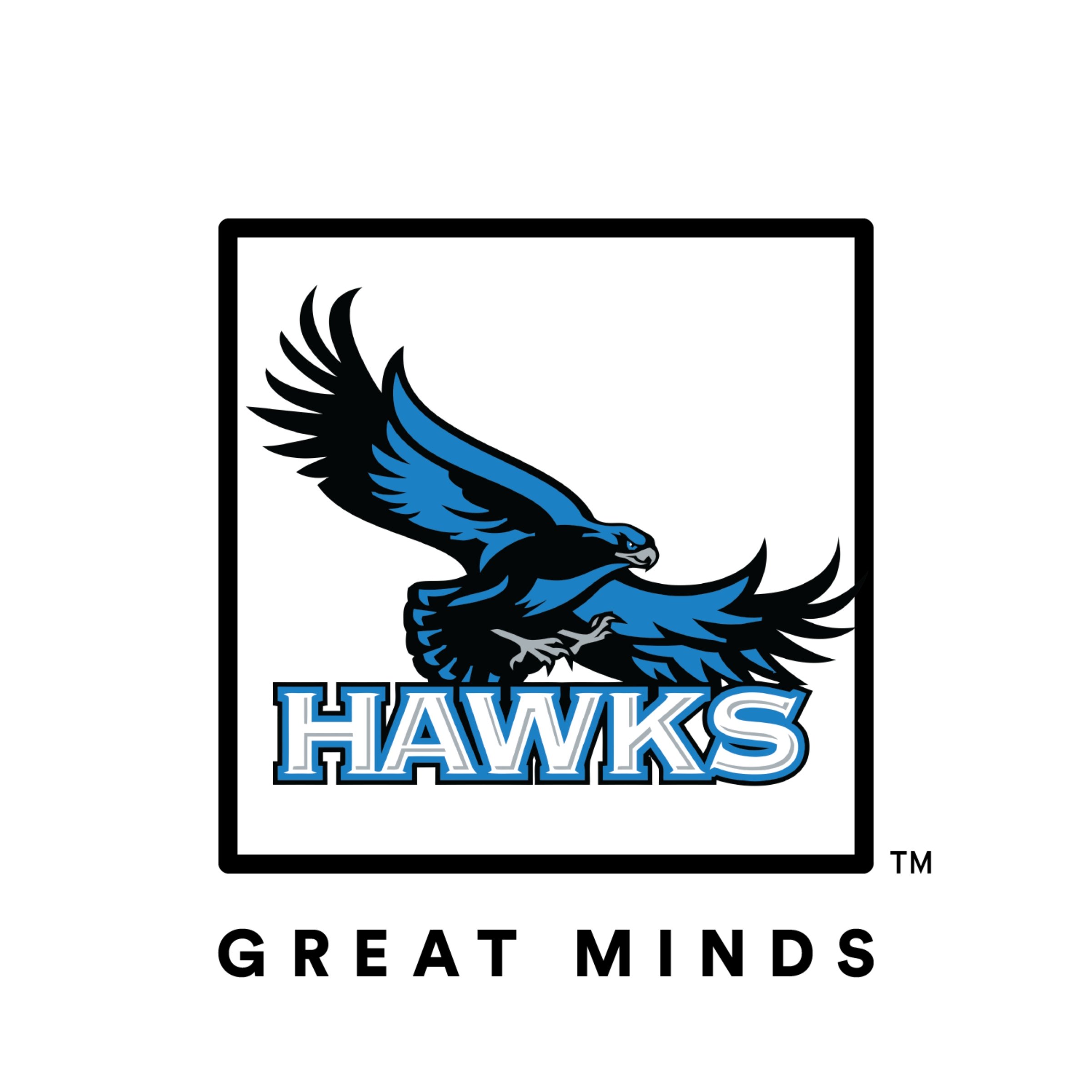Posted in: Aha! Blog > Great Minds Blog > High-Quality Curriculum Virtual Learning Webinar > Adjusting to the New Normal of Teaching during the Pandemic
Great Minds® hosted a virtual roundtable, "Anytime, Anywhere: Building Student Knowledge in Every Learning Environment," with educators from around the country to discuss the special challenges of teaching during the pandemic. Some students are remote only, some are back in school, and others are toggling back and forth between the two. Panelists discussed this new normal, how they’ve had to adjust instruction to the current reality, and some of the strategies and practices that are helping them succeed with their students. This post summarizes what these experts said and the advice they hope will help others. A full recording of the January 14, 2021 webinar is here.
1. Use a content-rich curriculum as an instructional foundation.
In creating Knowledge on the Go™ video lessons in spring 2020 and then the Great Minds in Sync™ materials in math, English language arts, and science for the 2020–2021 school year, Great Minds sought to ensure that teachers and students could count on high-quality curriculum, no matter where instruction took place. Panelists said they used these instructional resources in two major ways: for whole-group instruction of students and, just as important, for their own professional learning and growth.
“Having a quality curriculum for our children, who have historically been underserved, is essential,” said Adam Smith, a mathematics curriculum specialist at Ferguson-Florissant School District in Missouri.
Great Minds founder Lynne Munson described how Great Minds tapped into varied staff expertise to quickly create these new digital tools: “Never forget that knowledge is what makes all of these things work.”
2. Believe in your students.
Panelists underscored the importance of providing rigorous instruction as a matter of equity. They repeatedly recalled being pleasantly surprised at what their students were capable of doing.
“It’s a self-fulfilling prophecy if we don’t expose our students to the full breadth of the curriculum by making assumptions about what their capacity is,” Adam said. “Believe they can do the work. Believe they can do it well. And communicate that belief to them.”
Educators said it is important to scaffold lessons to ensure that students get what they need and that all receive grade-level instruction. Kelly Smith, director of curriculum, instruction, and assessment at Florence Unified School District in Arizona, said 17 percent of the students in her district are identified as needing some level of special education support. “That does not mean they need an alternate curriculum. That means they need to still be engaged with the curriculum that their general education peers are involved in, and we need to provide that differentiated instruction for them to access that content,” Kelly said.
The supports and differentiation in virtual learning might differ from those used in in-person instruction because a teacher cannot as easily monitor understanding with virtual learning. “I’ve had to be more strategic to make sure they get what they need,” said Tiffany Scott, a Grade 5 science teacher at Luling Elementary School in St. Charles Parish, Louisiana. Moderator Kyair Butts, a Grade 6 literacy teacher in Baltimore City Public Schools, uses Google Classroom to differentiate and assign work to students. And he uses the Wit & Wisdom® curriculum’s universal topics, such as the hero’s journey, to help tailor instruction for each student, asking, “What makes you a hero? What makes you a survivor of your hero’s journey?”
3. Keep building relationships, even if from a distance.
Especially in the beginning of the pandemic, participants said, it was important to help students connect with each other and familiarize themselves with the new ways of learning. Tiffany used “super-long morning meetings” and virtual office hours to ensure her students did “not miss a beat.” She recalled, “They just wanted to see and talk to each other.”
When Florence students returned to a mix of remote and in-person learning in July (the district’s traditional start date) 2020, educators emphasized relationships for students. “They had been out of school so long, it was really important for the kids to be connected to the school community,” Kelly said. Ensuring that all students had access to laptops, the internet, and other technology was a priority across districts. Educators spent time helping students and teachers navigate Zoom chats, Microsoft Teams, Google Meet, Google Classroom, and other online tools. They experimented with helping students find math manipulatives and conduct hands-on science experiments from home.
4. Lean on your colleagues for support.
All the districts carved out time for collaborative planning, which was especially important for those using curriculum materials for the first time. “Continue that collaboration, even though it’s virtual,” Tiffany said. “Reach out, know the other people in your district, because there are teachers doing great things, and you wouldn’t know unless you just strike up a conversation.”
Indeed, “purposeful planning” has become the norm in Florence. “We don’t need to bring in all these outside speakers. We don’t need to inundate them with so much stuff that’s not connected [to the curriculum],” Kelly said. “We’ve given you really high-quality curriculum materials, but it will not serve your needs unless you set aside time to purposefully plan.” The district used the Great Minds in Sync videos to help build staff confidence, knowledge, and skills. “They were a teacher tool as well as a student tool,” she said.
Adam shared how Ferguson used the curriculum materials to structure lesson studies where he, principals, teacher leaders, and/or coaches helped teachers prep a lesson. “How do we do fluency? How do we do concept development? Let’s look at the Learn Anywhere Plan [from Eureka Math in Sync] to give us some pointers.”
5. Be patient, be vulnerable, keep learning.
The pandemic has presented unique challenges. About a year into all these new routines, districts have said they are still building the proverbial instructional plane as they are flying it. The experts offered words of wisdom from their own experience:
Be patient. “The biggest thing was trying to create a new normal and reassuring my kids and their families that it’s okay, we’re going to be patient with this. We’re going to figure this out,” Tiffany said.
Given all the uncertainties, it’s okay to be vulnerable. “The more opportunities we have to be vulnerable and to admit that we don’t know, the more disarming and the more authentic the learning environment can be,” Adam said.
“Step out of the box of what you’ve always done. Just try something new,” Kelly suggested. “But have grace with yourself, your teammates, your parents, your administrators. They’re struggling. The stress level, sometimes it’s just so far off the charts.”
Lean in. “I know Gandhi said it, but you can be the change you want to see in your classroom. Don’t focus on trying to change the world. Just focus on within your realm of things. I can be the change I want to see in my classroom,” Tiffany said.
Keep learning and improving. “Now is a moment for all of us in education to work together, because it can’t be business as usual,” Kyair said. “Too many students were held back in the old system. We can’t stand still. Otherwise, education is going to move away from us. Let’s take this opportunity to move forward.”
Submit the Form to Print
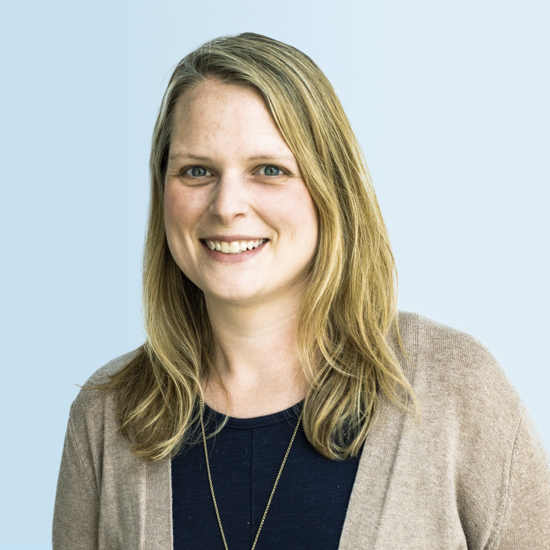
Jenny Taylor
Jenny has over a decade of experience in education policy and research. She has worked with states and districts on the development and implementation of college and career readiness policies, especially around the implementation of rigorous standards and high-quality instructional materials. She has extensive knowledge about K–12 standards, graduation requirements, assessments, and accountability systems nationwide. Additionally, she has conducted research for school districts to address pressing needs in those districts. Jenny received her B.A. in English and education from Bucknell University and her M.Ed. in education policy from the University of Pennsylvania Graduate School of Education.



